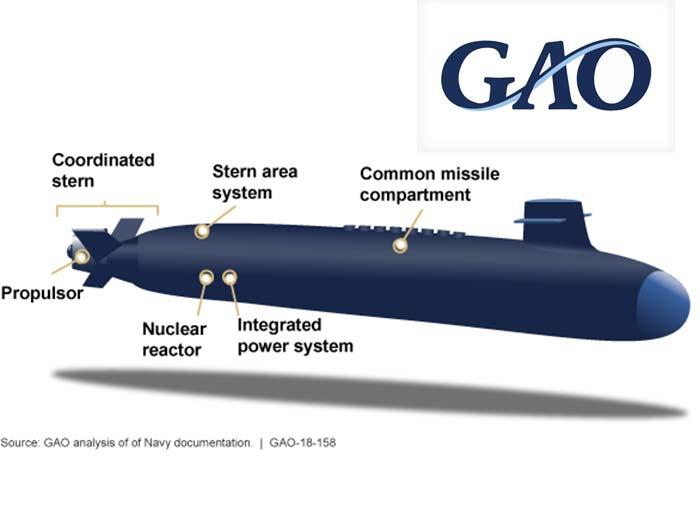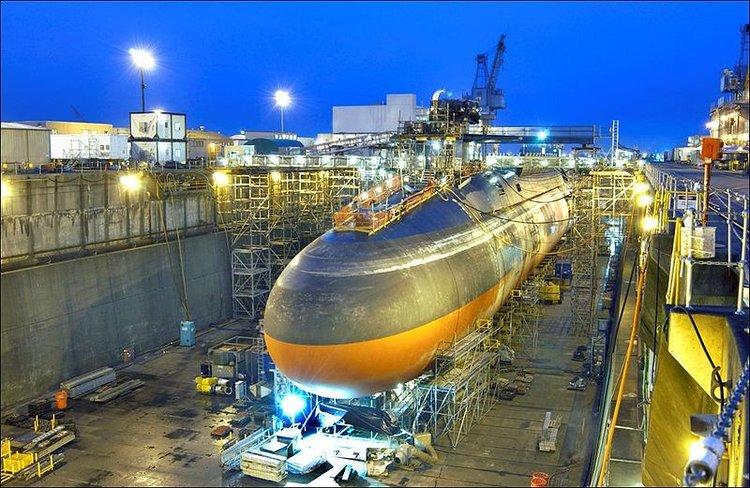A new report published several weeks ago raised red flags about the affordability of the U.S. Navy’s latest nuclear submarine project.
The Government Accountability Office (GAO) said the Navy is considering to ask Congress for additional funds in fiscal 2021 to procure the first of its new 12-ship fleet of nuclear-armed submarines.
The Columbia-class submarine program has an estimated value of approximately $128 billion including research and development costs, with $115 billion for procurement. GAO said that makes it the third-costliest program for any weapon systems in the Pentagon’s history. But stressed the cost estimate for the program “is not accurate because it relies on overly optimistic” reductions in labor costs, added GAO.
Now the Pentagon’s inspector general is getting involved and wants to audit the program’s propulsion and steering system.
Bloomberg said an audit would begin on the first of 12 vessels, will “determine whether the Navy is managing the development” of the system to “ensure that it meets performance requirements without cost increases or schedule overruns,” the Department of Defense Inspector General (DoD IG) said in its fiscal 2019 audit plan.
“There is a suggestion in this statement that the stern section may present some risk of cost growth or schedule delay,” Ronald O’Rourke, a naval systems analyst for the Congressional Research Service, said in an email to Bloomberg.
The audit will surround the propulsor, a mechanical device that gives propulsion to the vessel and allows it to manuever through the water. The fleet of submarines is being built by General Dynamics Corp.’s Electric Boat division.
“We look forward to working with the DoD IG on any such effort,” said William Couch, a spokesman for the Naval Sea Systems Command.
The audit could take a year to complete as Congress deliberates the fiscal 2021 defense budget. The Navy is expected to request additional funds to start construction of the first vessel in October 2020.
via ZeroHedge News http://bit.ly/2Us5fIU Tyler Durden


